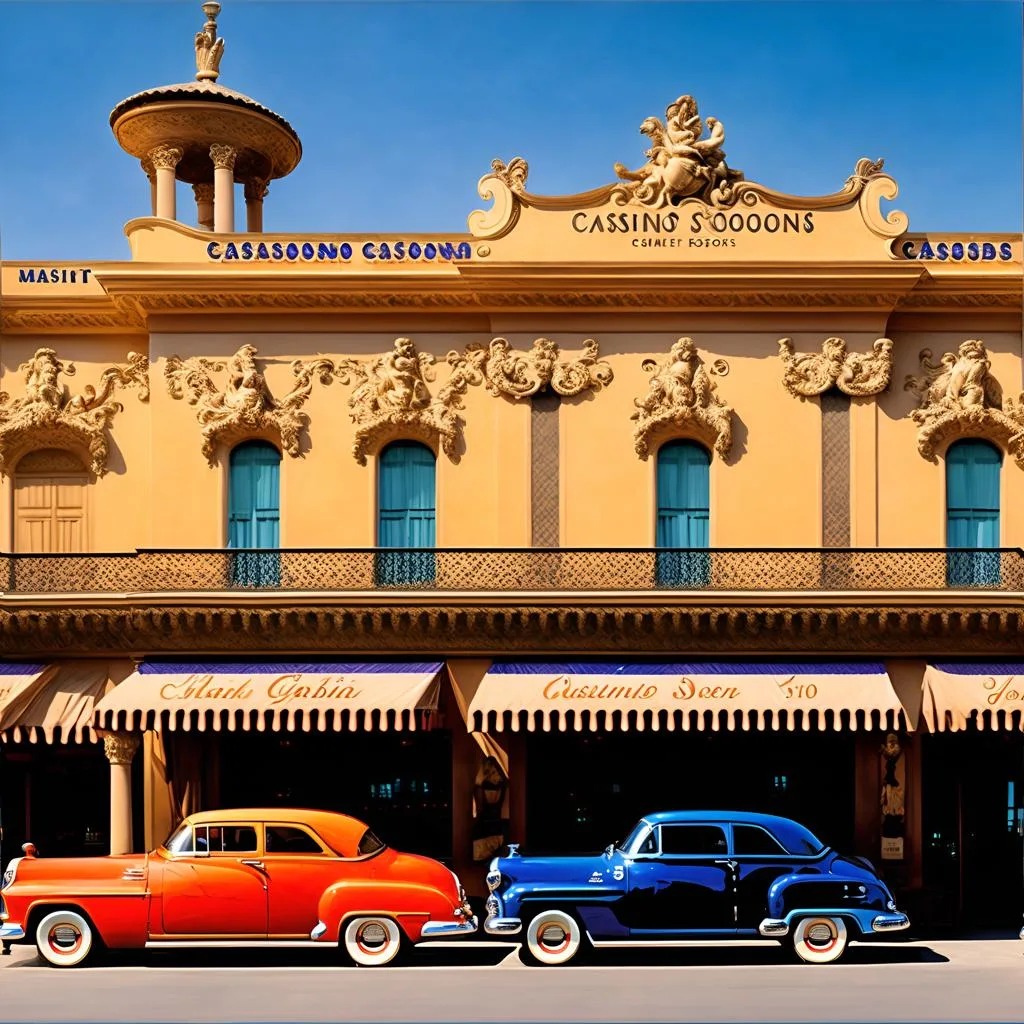
Casino design has significantly changed over the past century, from early gambling houses to today’s modern casinos. The evolution of casinos can be traced back to ancient civilizations such as Greece and Rome, where dice games were popular. In the 15th century, gambling became more common across Europe, and the first casino, the Ridotto, opened in Italy in 1628. These early casinos catered to wealthy gamblers and featured strict dress codes and ornate decor.
The Old West and the Rise of Las Vegas
As westward expansion took shape in the New World, gambling houses and saloons became popular in the Old West. These venues were rowdier than their European counterparts and catered to a more ordinary clientele. Cowboys and prospectors could gamble their paychecks in smoky, poorly-lit saloons that sometimes doubled as brothels.
In the mid- to late-1800s, European casinos, including Monte Carlo, became more majestic and had a resort feel. They catered to the elite and featured luxurious fixtures, woodwork, and chandeliers. Meanwhile, in the United States, Las Vegas emerged as a gambling hotspot in the 1940s and 1950s. The first casinos on the Las Vegas Strip, such as the Flamingo and the Sands, featured neon lights and lavish decor.
Mega Resorts and Fantasy Architecture
The trend toward mega resorts and fantasy architecture began in the 1960s and 70s with Caesars Palace, which featured ancient Roman decor. Other casinos followed suit with themes such as medieval times, ancient Egypt, and New York City. Steve Wynn expanded on this concept with even bigger projects such as the Mirage, Treasure Island, and the Bellagio. Wynn’s eye for design and opulence changed the look and size of casinos not only in Las Vegas but around the world.
Casino design has also evolved in terms of layout and atmosphere. The maze layout, designed to keep patrons gambling, gave way to more open spaces and smaller clusters of games. The emphasis is now on comfort and offering a high-end experience, with more communal and social spaces.
#
Smaller, Intimate Casinos
In recent years, there has been a move towards smaller, more intimate casinos that favor social interaction among guests. This trend has been dubbed “structures within structures” by Paul Steelman of Steelman Partners, a Las Vegas-based casino design firm.
The Future of Casino Design
As gamblers’ interests and tastes change, casino corporations and designers work to meet those demands. The focus now is on creating a complete resort experience that includes gambling, entertainment, and relaxation. Many casinos also feature cutting-edge technology, such as virtual reality and mobile gaming, to attract younger generations.
Casino design is constantly evolving, both inside and out. The industry has shifted away from themed casinos and towards a focus on opulence and entertainment. Sportsbooks have also become more prevalent, with venues like the Westgate Superbook and Circa catering to the growing demand for sports wagering.
Today’s casinos continue to evolve and offer a wide range of amenities, from luxury hotels to high-end restaurants and entertainment venues. The future of casino design is likely to continue this trend, with a focus on creating a welcoming and enjoyable environment for all patrons.
In conclusion, the design of casinos has come a long way from its origins in ancient civilizations and Old West saloons. Modern casino design focuses on providing a complete resort experience, with an emphasis on comfort, opulence, and entertainment. As the industry continues to evolve, so too will casino design, adapting to the ever-changing tastes and interests of gamblers worldwide.